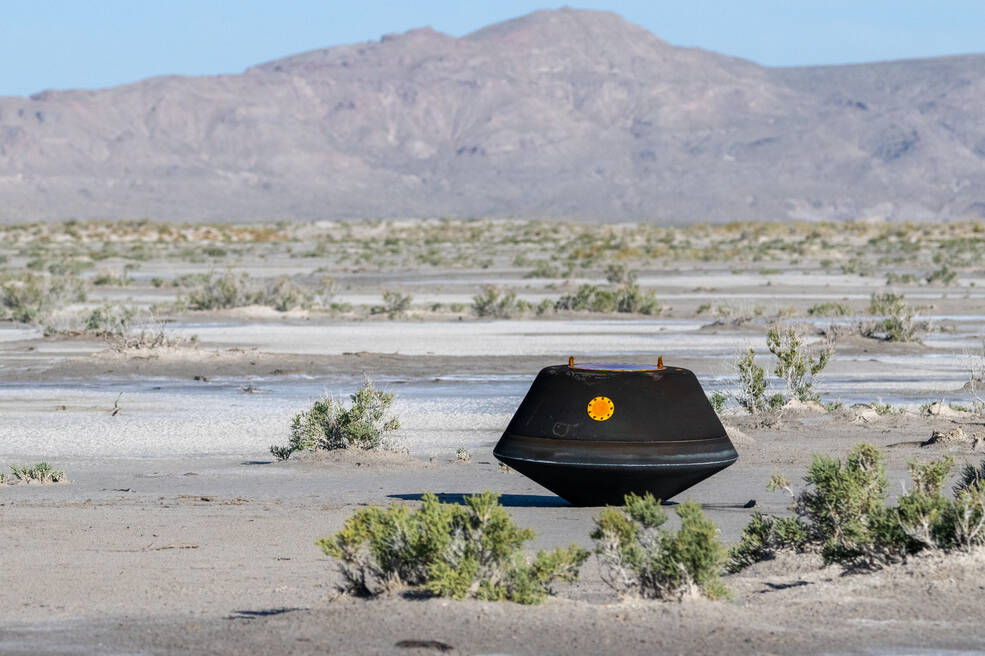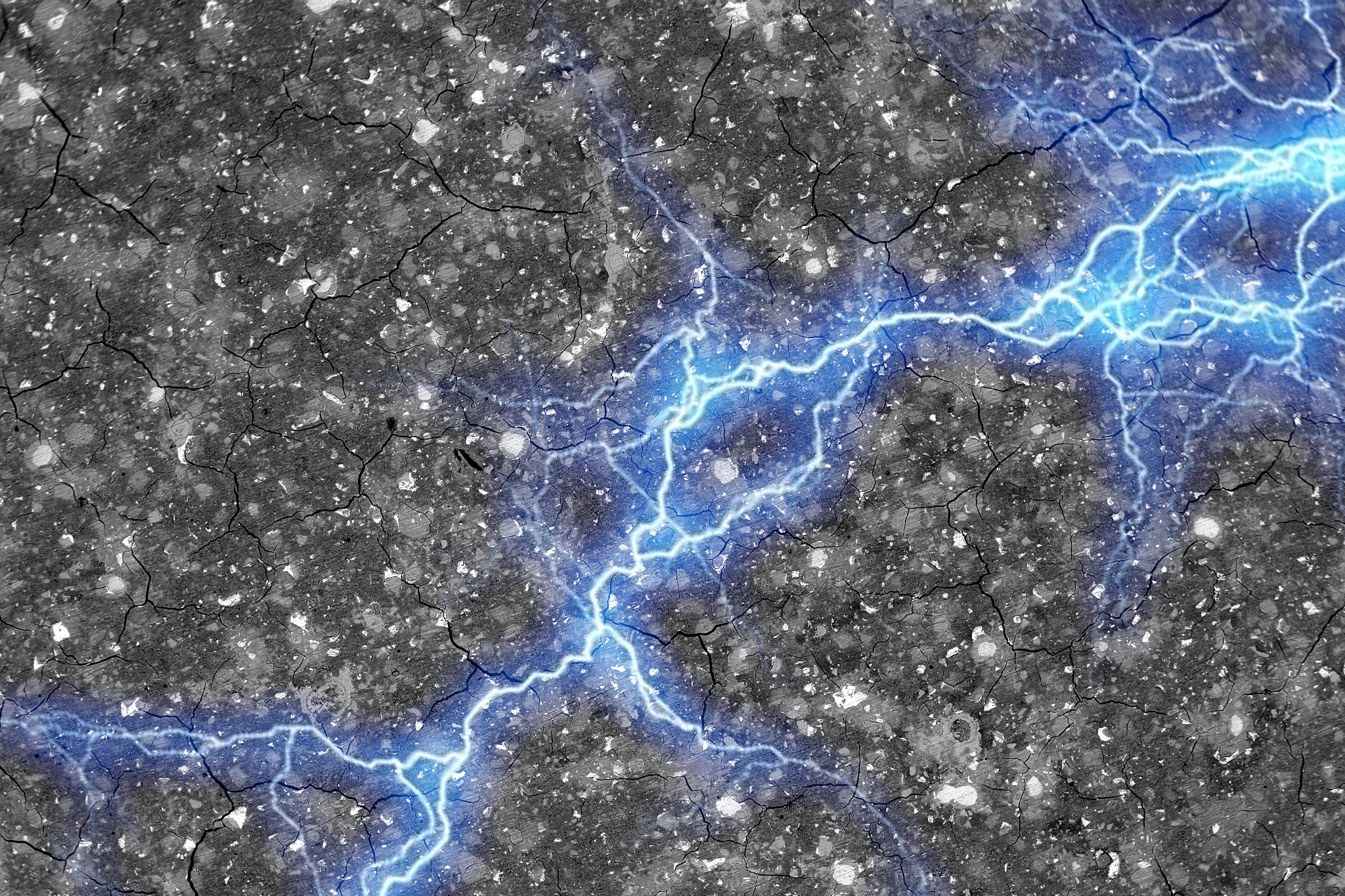

The Ugandan military playing security guards for a China-controlled oil project… I think explaining human rights over there will have to start from zero - and may have to be backed with “or else” statements - if there exists an institution in a suitable position to issue them. :o













Wow, that is both new (at least for me) and interesting - thanks for sharing this article. :)
I note a potential weakness in the method of analysis: if negative framing (e.g. by the media) reduces support for the protesters as persons (but not their cause), it may still somewhat harm their ability to bring about change, since it probably reduces people’s willingness to team up with them - but not another group which has the same cause but different methods.
So, if the goal is mass action (which has a component of mobilizing like-minded people to join) I would strongly recommend a protester to choose non-controversial methods (so that even grannies can join). :)